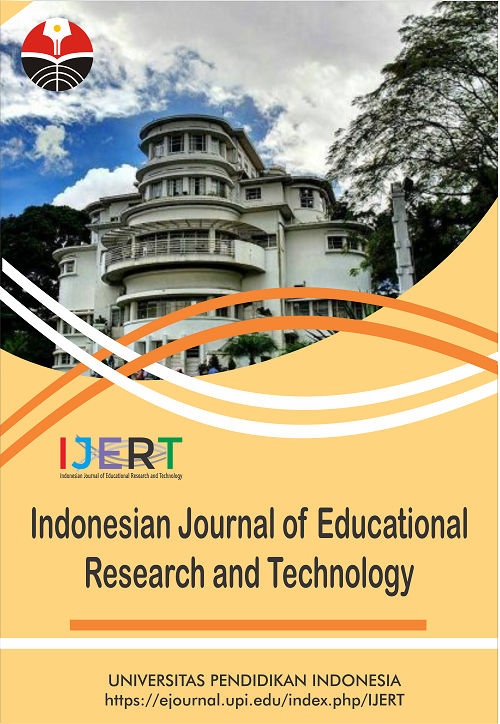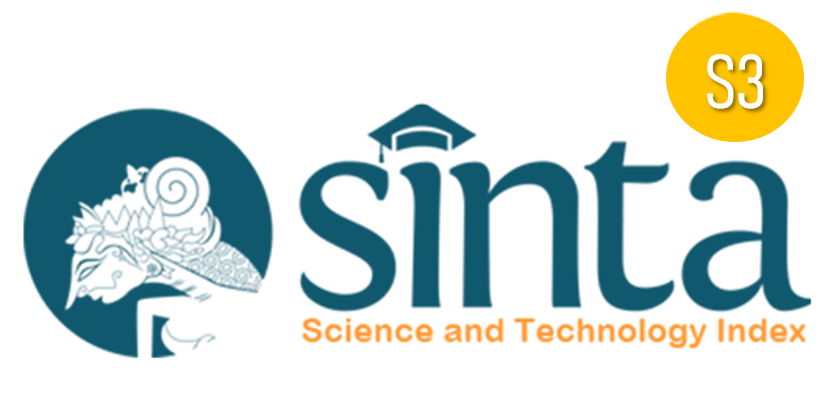Horizontal Equating of Science Test Forms Using Generalized Partial Credit Model (GPCM) in Secondary Education
Abstract
Keywords
Full Text:
PDFReferences
Al Husaeni, D.F., Al Husaeni, D.N., Fiandini, M., and Nandiyanto, A.B.D. (2024). The research trend of statistical significance test: Bibliometric analysis. ASEAN Journal of Educational Research and Technology, 3(1), 71-80.
Bentler, P. M. (1990). Comparative fit indexes in structural models. Psychological Bulletin, 107(2), 238–246.
Dorans, N. J., Moses, T. P., and Eignor, D. R. (2010). Principles and practices of test score equating. ETS Research Report Series, 2010(2), i-41.
Fiandini, M., Nandiyanto, A.B.D., Al Husaeni, D.F., Al Husaeni, D.N., and Mushiban, M. (2024). How to calculate statistics for significant difference test using SPSS: Understanding students comprehension on the concept of steam engines as power plant. Indonesian Journal of Science and Technology, 9(1), 45-108.
Fitriana, Y., and Soepriyanto, Y. (2022). Implementasi model IRT 2PL dalam penyetaraan nilai ujian sekolah. Jurnal Penelitian dan Evaluasi Pendidikan, 26(1), 13–25.
Haertel, E. (1986). The valid use of student performance measures for teacher evaluation. Educational Evaluation and Policy Analysis, 8(1), 45-60.
Hooper, D., Coughlan, J., and Mullen, M. R. (2008). Structural equation modelling: Guidelines for determining model fit. Electronic Journal of Business Research Methods, 6(1), 53–60.
Hu, L. T., and Bentler, P. M. (1999). Cutoff criteria for fit indexes in covariance structure analysis: Conventional criteria versus new alternatives. Structural Equation Modeling: A Multidisciplinary Journal, 6(1), 1–55.
Petersen, N. S. (1989). Uses and misuses of standardized tests. The Phi Delta Kappan, 70(8), 634–639.
DOI: https://doi.org/10.17509/ijert.v5i3.88050
Refbacks
- There are currently no refbacks.
Copyright (c) 2025 Universitas Pendidikan Indonesia (UPI)

This work is licensed under a Creative Commons Attribution-ShareAlike 4.0 International License.







.png)




